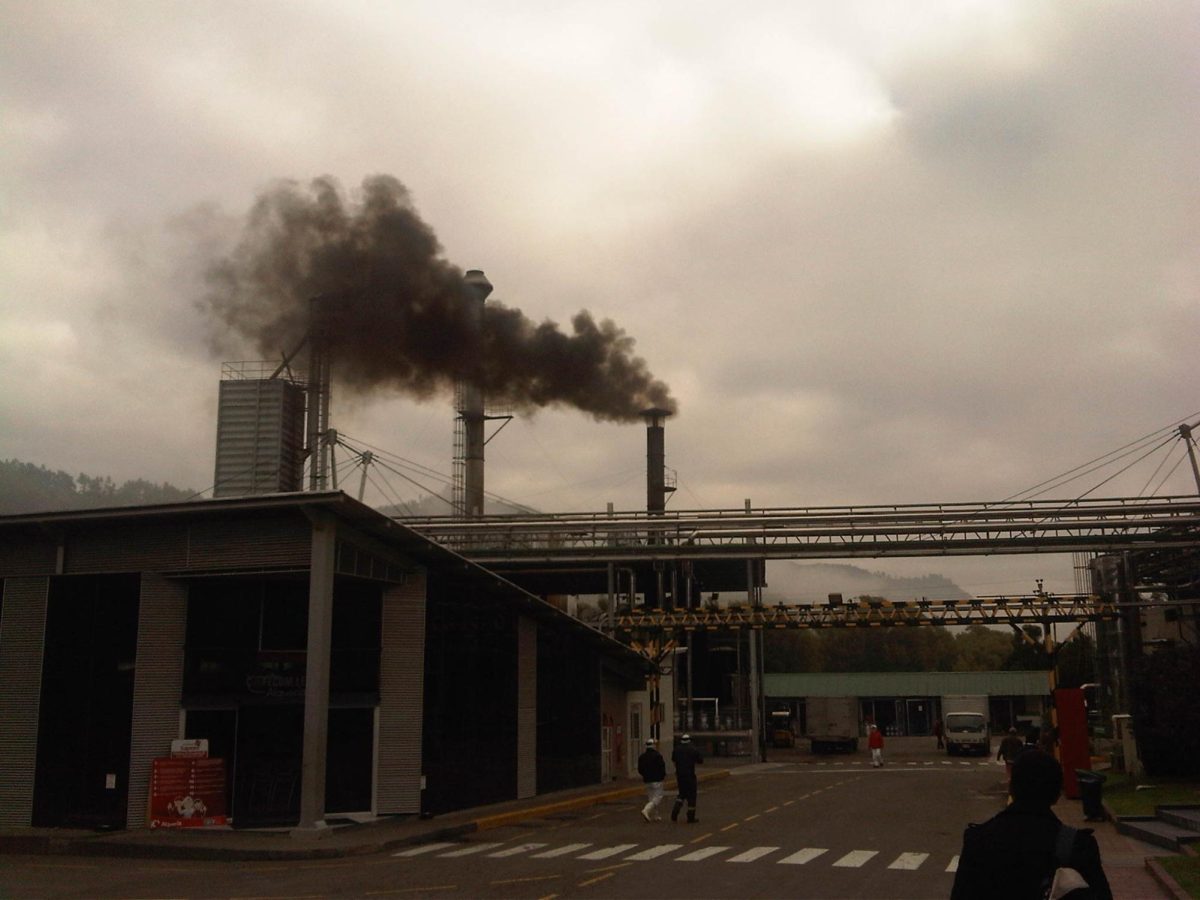As Robert Palmer once soulfully sang, “I’ve got a bad case of loving you.” While Palmer’s addiction to a loved one is only an exaggerated affliction, the United States’ continued addiction to funding fossil fuel subsidies harms our nation much more than any crush ever could.
Every year, the U.S. contributes a shockingly large amount of money to companies that boast record profits on their oil production. Even the most conservative estimates from the Environment and Energy Study Institute claim that the government spends over $20 billion in direct subsidies to the fossil fuel industry.
This figure is astonishing even outside of the environmental damage it causes. $20 billion going to companies that do not need it is disrespectfully wasteful. Especially in conjunction with the costs that come from increased fossil fuel usage, these costs seem unbearable. The International Monetary Fund (IMF) notes that the annual externalities suffered because of fossil fuel usage perpetuated by subsidies totals between $186 billion and $686 billion.
The true costs can’t only be measured in mere dollar amounts, but also in the lives lost from the toxic air pollution people breathe daily. An article, from the Journal Environmental Research: Health, found that every year U.S. production of oil and gas causes 2,200 new cases of childhood asthma, 410,000 asthma attacks and 7,500 premature deaths. These deaths could be vastly reduced by removing the fossil fuel subsidies that incentivize the mass production and consumption of the very products polluting the air we breathe.
What cheapens this tragedy is that U.S. fossil fuel subsidies have become simply a way to pad the bottom line of these oil companies, instead of ensuring a domestic oil supply is maintained.
As a letter published in the Environmental Research Letters delineates, over 96% of U.S. subsidy value flows to profits, assuming a 10% hurdle rate in oil and gas production. This means that of the $20 billion provided by the U.S. federal government in direct subsidies to oil companies, $19.2 billion is simply going straight to the oil companies’ benefit. This profit emphasis completely contradicts the fundamental idea of what subsidies were initially meant to do.
The American Chemical Society notes that the U.S. initially provided subsidies to stop companies from going out of business after a well went dry and to reduce drilling costs. Comparing this historical use to the modern day profit-padding puts in perspective just how unnecessary these oil subsidies are in today’s world.
The general fear with removing federal subsidies of oil companies is that oil companies won’t produce oil without subsidies — but in actuality, companies could ramp up production at any time. As the Center for American Progress notes, the oil industry possesses over 9,000 unused oil drilling permits that would enable it to magnify oil production drastically beyond current levels. The insinuation that the removal of subsidies would cripple the oil industry is patently absurd when oil companies themselves currently sit on thousands of licenses to drill.
These subsidies seem especially useless given the record-breaking profits of U.S. oil companies. Reuters found that oil companies managed to double their profits in 2023 during the early stages of the Russia-Ukraine war, while sustaining high profit levels with the initial oil panic calming down. These companies don’t need these corporate subsidies when they can proudly display their rising profits every quarter. Instead, this funding should be allocated to other programs that help Americans, such as the Low Income Home Energy Assistance Program (LIHEAP).
LIHEAP, under the Department of Health and Human Services (HHS), and the Weatherization Assistance Program (WAP), under the Department of Energy, provide low income Americans with assistance in paying for the heating and cooling of their homes.
The National Association for State and Community Service Programs estimates that over 6.7 million Americans benefit from LIHEAP and WAP. Both of these programs target families that make less than 150 percent of the federal poverty line and provide them with funding, since the Department of Energy estimates the average energy burden for these families is three times higher than the national average.
These programs act as subsidies, but instead of targeting Shell and BP, they target Americans who actually benefit from federal funding. These programs don’t need to be stripped; they need to be bolstered to make a real difference. The Rocky Mountain Institute highlights that these programs are largely underfunded and would need 10 to 20 times the funding they currently receive to provide benefits to all eligible families.
While the U.S. may currently have a bad case of loving oil companies, this wasn’t always true, and shifting government funding from companies that continue to post record-breaking profits to Americans who desperately need help paying their bills would solve the ails of Robert Palmer and some of the United States’.








